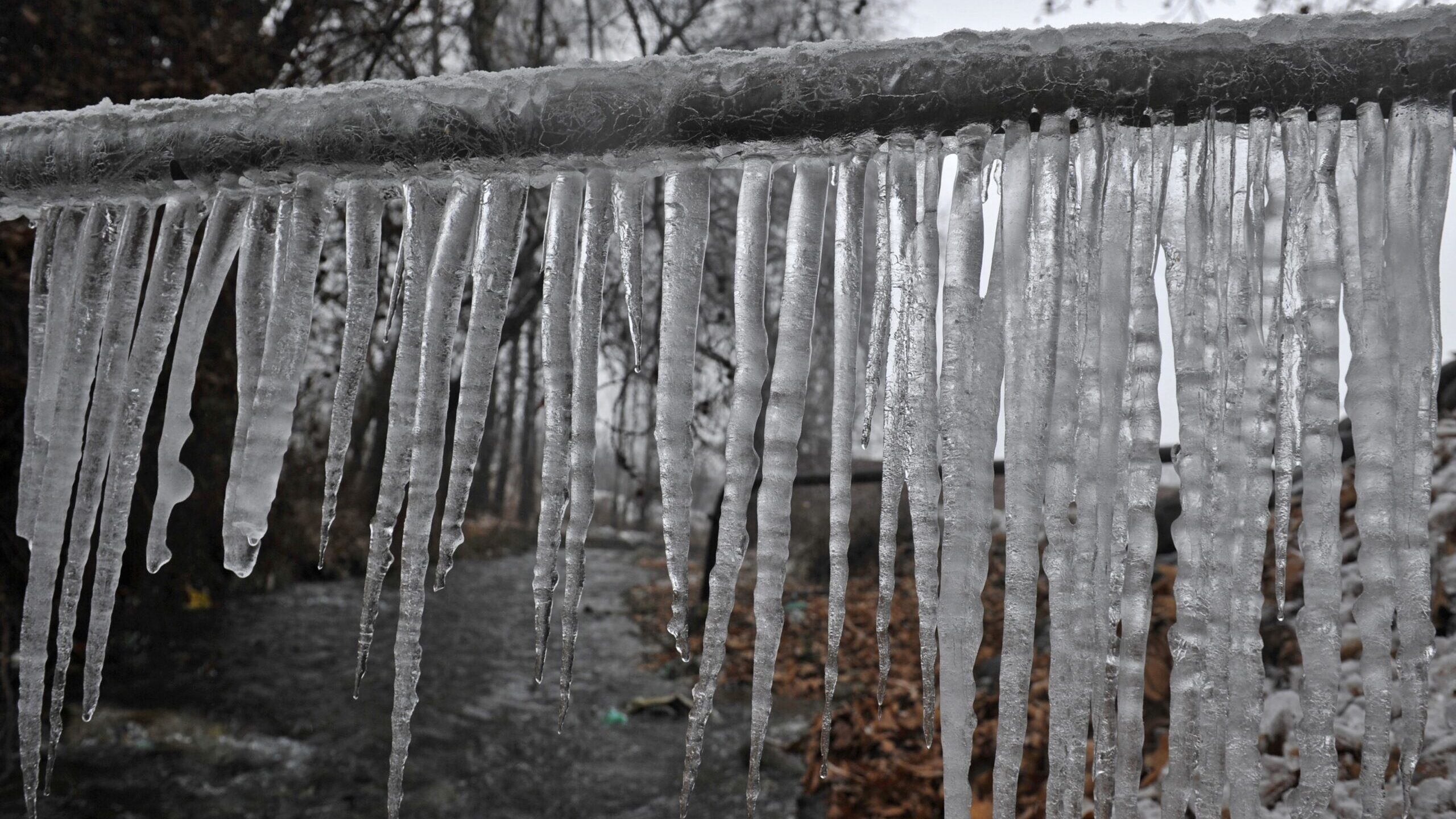Essential Methods for Avoiding Frozen Plumbing in Cold Weather
Essential Methods for Avoiding Frozen Plumbing in Cold Weather
Blog Article
On this page in the next paragraphs yow will discover some sound help and advice involving How to prepare your home plumbing for winter weather.

Winter can damage your pipes, particularly by freezing pipes. Right here's just how to avoid it from happening and what to do if it does.
Introduction
As temperatures decline, the danger of icy pipes increases, potentially leading to costly repair services and water damage. Comprehending exactly how to avoid icy pipelines is important for homeowners in cool environments.
Prevention Tips
Protecting vulnerable pipes
Cover pipes in insulation sleeves or utilize warmth tape to secure them from freezing temperatures. Focus on pipelines in unheated or outside locations of the home.
Home heating methods
Maintain indoor areas appropriately warmed, especially locations with plumbing. Open cupboard doors to permit warm air to circulate around pipelines under sinks.
Just how to identify icy pipes
Seek decreased water flow from faucets, uncommon smells or noises from pipes, and visible frost on subjected pipes.
Long-Term Solutions
Structural adjustments
Take into consideration rerouting pipes away from outside wall surfaces or unheated locations. Add added insulation to attic rooms, basements, and crawl spaces.
Updating insulation
Purchase high-grade insulation for pipes, attics, and walls. Correct insulation assists maintain consistent temperature levels and decreases the threat of frozen pipelines.
Securing Exterior Pipes
Yard pipes and outside taps
Separate and drain pipes yard pipes prior to wintertime. Install frost-proof faucets or cover outdoor taps with protected caps.
Understanding Icy Pipelines
What creates pipelines to ice up?
Pipes freeze when revealed to temperatures below 32 ° F (0 ° C) for expanded durations. As water inside the pipes freezes, it expands, putting pressure on the pipeline wall surfaces and possibly causing them to burst.
Dangers and problems
Icy pipelines can lead to water system interruptions, building damages, and pricey repairs. Ruptured pipelines can flooding homes and trigger substantial architectural damage.
Signs of Frozen Water Lines
Determining frozen pipes early can prevent them from breaking.
What to Do If Your Pipelines Freeze
Immediate actions to take
If you suspect icy pipes, keep taps open to ease stress as the ice melts. Utilize a hairdryer or towels soaked in warm water to thaw pipelines gradually.
Verdict
Stopping icy pipelines requires aggressive procedures and quick actions. By understanding the reasons, signs, and safety nets, homeowners can shield their plumbing during winter.
6 Proven Ways to Prevent Frozen Pipes and Protect Your Home
Disconnect and Drain Garden Hoses
Before winter arrives, start by disconnecting your garden hoses and draining any remaining water. Close the shut-off valves that supply outdoor hose bibs and leave the outdoor faucet open to allow any residual water to drain. For extra protection, consider using faucet covers throughout the colder months. It’s also important to drain water from any sprinkler supply lines following the manufacturer’s directions.
Insulate Exposed Pipes
Insulating your pipes is an effective way to prevent freezing. Pipe insulation is readily available at home improvement stores and is relatively inexpensive. Pay close attention to pipes in unheated areas such as the attic, basement, crawl spaces, or garage. Apply foam insulation generously to create a buffer against the cold. You can also wrap your pipes in heat tape or thermostat-controlled heat cables for added warmth.
Seal Air Leaks
Inspect your home for any cracks or openings that could let in cold air. Seal any holes around the piping in interior or exterior walls, as well as the sill plates where your home rests on its foundation. Additionally, make sure to keep your garage door closed unless you’re entering or exiting. Leaving it open creates a significant air leak that can lead to frozen pipes.
Allow Warm Air Circulation
During cold snaps, it’s essential to allow warm air to circulate evenly throughout your home. Leave interior doors ajar to promote better airflow. Open kitchen and bathroom cabinets to help distribute heat consistently around the rooms. If you have small children or pets, be sure to remove any household chemicals or potentially harmful cleaners from open cabinets for safety.
Let Faucets Drip
A small trickle of water can make a big difference in preventing ice formation inside your pipes. When temperatures drop significantly, start a drip of water from all faucets served by exposed pipes. This continuous flow helps prevent the water from freezing. Additionally, running a few faucets slightly can relieve pressure inside the pipes, reducing the chances of a rupture if the water inside does freeze.
https://choateshvac.com/6-proven-ways-to-prevent-frozen-pipes-and-protect-your-home/

I came across that article on Winter Plumbing Precautions: Preventing Frozen Pipes when doing a lookup on the web. Liked our article? Please quickly share it. Help somebody else locate it. We love reading our article about Prevent Frozen Pipes .
Click Here Report this page